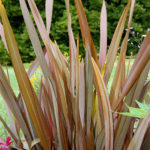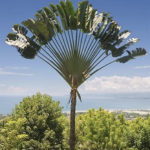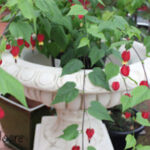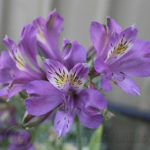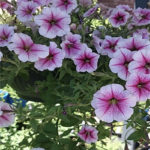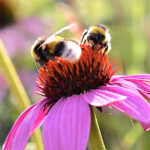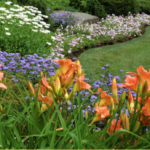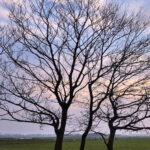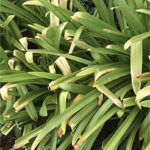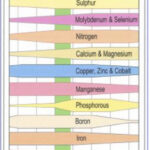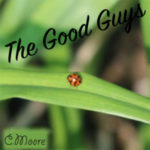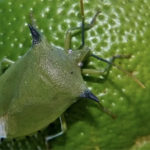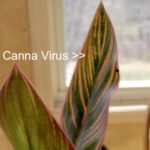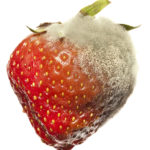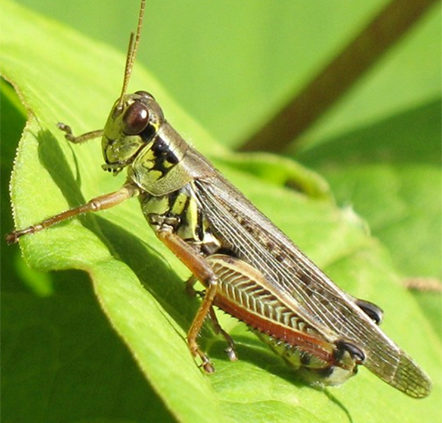
Grasshoppers Natural Control
Grasshoppers And The Damage They Inflict On Plants
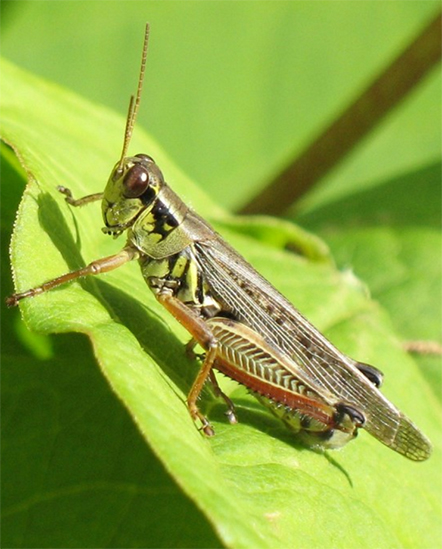 Grasshoppers are the most common insects that you will come across in your gardens, fields, crops and forests. These insects are herbivorous and can tolerate any climate. This is why they are seen worldwide. Grasshoppers belong to the Caelifera suborder and Orthoptera order. They are the oldest chewing herbivores insects and can swarm and destroy crops, vegetables, and pasture. They have very powerful hind legs that will help them to easily jump vigorously when they are attacked. This is why they cannot be caught that easily. Some of the species of grasshoppers have the tendency to change colour and behaviour. When they form swarms, they are known as locusts.
Grasshoppers are the most common insects that you will come across in your gardens, fields, crops and forests. These insects are herbivorous and can tolerate any climate. This is why they are seen worldwide. Grasshoppers belong to the Caelifera suborder and Orthoptera order. They are the oldest chewing herbivores insects and can swarm and destroy crops, vegetables, and pasture. They have very powerful hind legs that will help them to easily jump vigorously when they are attacked. This is why they cannot be caught that easily. Some of the species of grasshoppers have the tendency to change colour and behaviour. When they form swarms, they are known as locusts.
Grasshoppers Natural Control
Golden spangled hamburg chooks love to eat grasshoppers, chasing them is the best exercise for them. During the hot summer days, my chooks spend a lot of time amusing themselves by trying to catch them from around the daylilies and eating them. I worry that my prized golden spangled hamburgs will eat too many and this will kill them, because of this I lock them up for several days at a time.
Life Cycle Of Grasshoppers
- A grasshopper begins its life as an egg. The mother grasshopper lays the egg during the midsummer time and is seen one or two inches under the sand or in the leaf litter.
- The eggs will remain in its place for about 10 months and once winter sets in, they will start to hatch.
- This is the second stage of the grasshopper’s life cycle and is known as the nymph. This is the stage when a younger grasshopper gets to see the outside world.
- The nymphs are called molts and look like the adult grasshoppers with the exception that they do not have wings and no reproductive organs.
- The nymphs will now go through five different stages of growth called instars before it develops into an adult grasshopper.
- Each instar stage will see the growth of the wings in a gradual manner and the shedding of the cuticle skin.
- The nymphs will feed on the soft plant foliage and succulent to survive. It will take 5 to 6 weeks for the nymphs to mature into an adult grasshopper.
- The adult grasshopper is very active than the nymph and it will start to fly and hunt from predators.
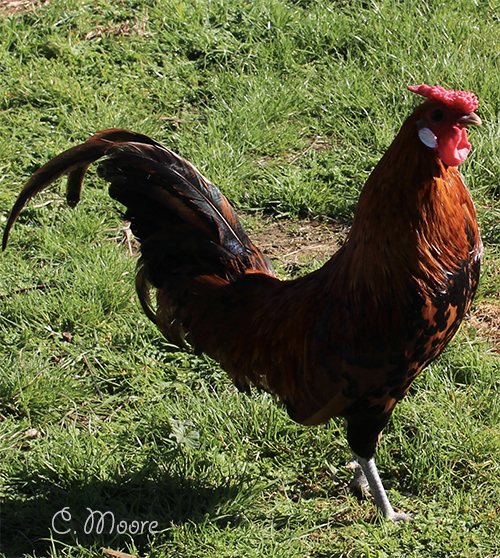 How Grasshoppers Damage The Plant?
How Grasshoppers Damage The Plant?
As the grasshoppers are herbivorous insects, they will feed on each and every part of plant life including the leaves and stems of the many plants including bearded iris and daylilies. This is why daylily breeders never sow their seed directly in the ground. To save their seedlings from plant eaters and opt to grow the seeds in sterilised soil in pots instead. There are 30 different species of grasshoppers that fall in the garden pest category. When large numbers of grasshoppers infest the garden areas or farms, they can cause severe plant damage and crop loss. The grasshoppers cause a lot of damage to a wide range of grasses, cotton, small grains, alfalfa, rice, tobacco and clover in the farmers paddocks. They also eat carrot, lettuce, tomato leaves, peas and squash from the family backyard vegetable garden. The grasshoppers make holes on the young leaves and tissues of the plants.
Grasshopper And Foxglove
Grasshoppers love the leaves of the foxglove plant. They feed on the leaves and the stems of the plant. It is very important for you to get rid of the infestation caused by the grasshoppers on the foxglove plant. One of the effective ways to control the grasshoppers from feeding on the leaves is to spray insecticidal soap solution on the plant. Using organic pesticides on the plant will help in greatly reducing the damage to the leaves by the grasshopper. Spotting the damage early and using insecticides will help in preventing the grasshoppers from further attacking the healthy portions of the foxglove plant.


